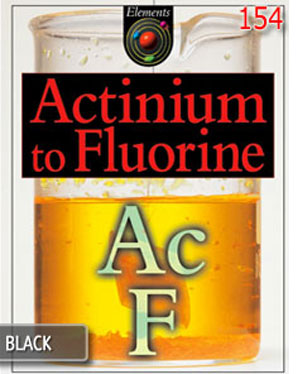Argon is a gas that does nothing much at all. That is why it is useful. It doesn't catch fire, it doesn't smell, you can't see it, it is not poisonous or anything. Argon occurs naturally in the air in tiny amounts. But if you can extract it, then it can be useful.
Here is one example. If you were to put the filament from a light bulb in the air and switch on it would burn out in a fraction of a second. That is because the oxygen in the air would change the hot metal of the filament into an ash.
But if you make a bulb and pump out the air, then that problem is solved. But the bulb might collapse because there is a vacuum inside. So it is better to fill the bulb with a gas that does nothing.
So doing nothing can be very useful, sometimes.





